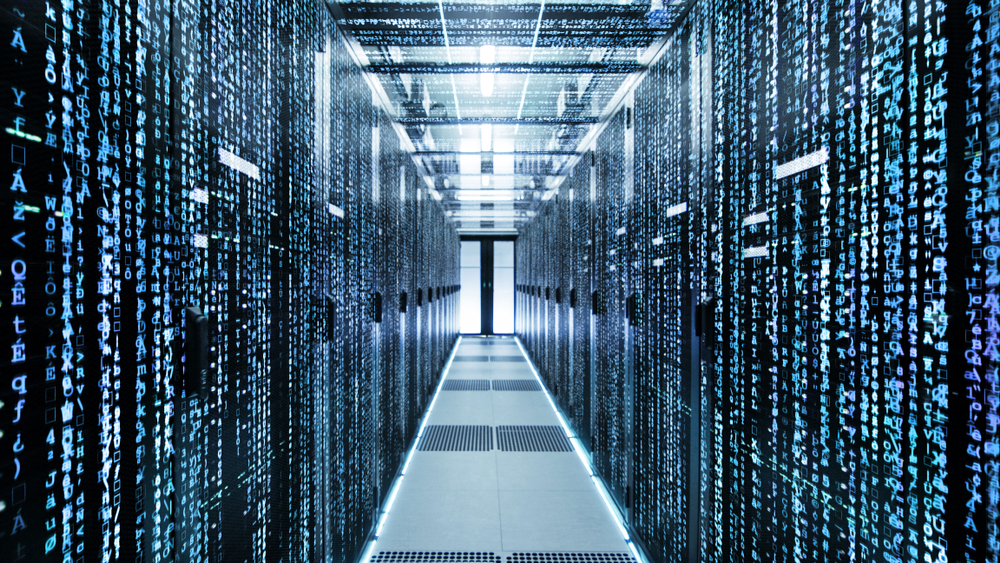Google has recently launched a new AI supercomputer, TPU v4, equipped with optical interconnects, demonstrating the potential for faster and more efficient computing. Optical interconnects use light to transfer data, rather than traditional electrical connections, resulting in significantly faster processing times.

Benefits of optical interconnects
Optical interconnects offer a number of benefits over traditional electrical connections. First and foremost, they offer much higher data transfer rates, allowing for faster processing times and more efficient computing. They also require less energy to operate, resulting in significant energy savings.
Potential of optical interconnects
The potential for optical interconnects is vast, particularly in the field of artificial intelligence and machine learning. These technologies rely heavily on data processing and analysis, making them particularly well-suited to the benefits offered by optical interconnects.
In addition to AI and machine learning, optical interconnects also have potential applications in fields such as medical research, financial modeling, and climate modeling, where large amounts of data need to be processed quickly and efficiently.
Challenges to adoption
While the benefits of optical interconnects are clear, there are still challenges to widespread adoption of the technology. One of the biggest challenges is the cost of implementation, as optical interconnects can be more expensive than traditional electrical connections.
There are also technical challenges to be addressed, such as the need for specialized equipment and the development of new protocols and standards for optical interconnects.
TPU v4 equipped with optical interconnects demonstrates the potential for faster and more efficient computing, concludes NIXsolutions. While there are still challenges to be addressed before optical interconnects can be widely adopted, the benefits of this technology are clear, particularly in fields such as AI and machine learning, as well as medical research, finance, and climate modeling.
